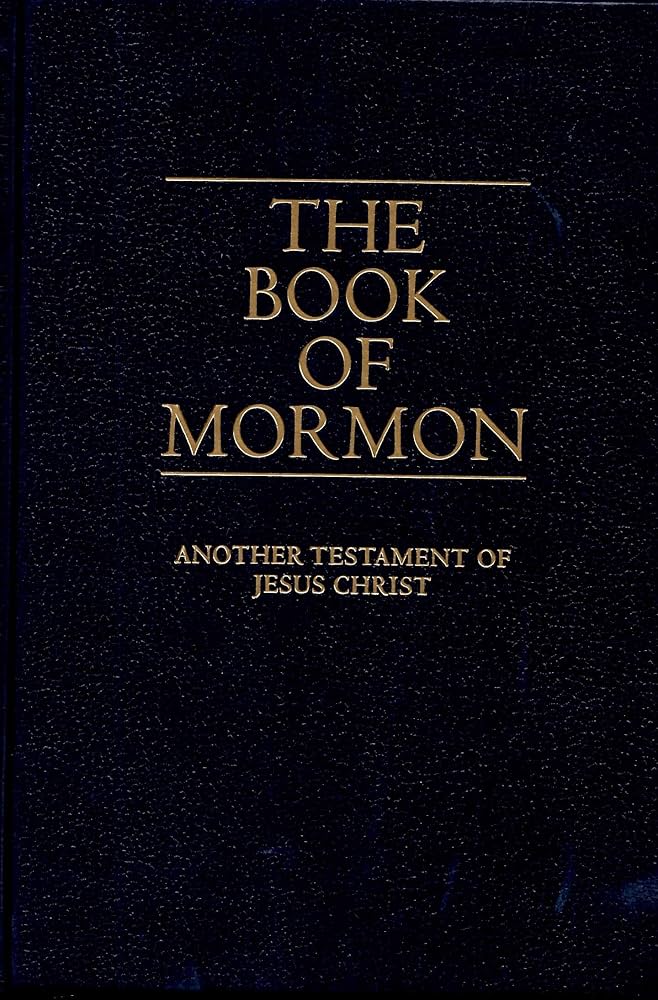Introduction: America’s Most Controversial Scripture
Since its publication in 1830, The Book of Mormon has polarized scholars, theologians, and readers. To some, it’s sacred scripture confirming Joseph Smith’s prophetic calling. To others, it’s 19th-century religious fiction. This exhaustive review examines:
- The historical claims and archaeological evidence
- Theological comparisons with Christianity
- Literary structure and narrative techniques
- First-hand accounts from former Mormons, believers, and scholars
- The book’s evolving role in LDS Church doctrine
“The Book of Mormon is either the most ingenious fraud ever perpetrated on the religious world, or it’s exactly what Joseph Smith claimed – the keystone of a restored Christian faith. After 15 years studying both sides, I’m convinced the truth lies in wrestling with that tension.” — Dr. Richard Bushman, Mormon historian
Historical Context: From Golden Plates to Global Phenomenon
1820 First Vision: Joseph Smith claims God and Jesus appeared to him in upstate New York, instructing him not to join existing churches. 1823-1827 Moroni’s Visits: Smith reports annual visits from angel Moroni who reveals the location of buried golden plates. 1829 Translation: Smith completes dictation using “seer stones” in a hat (Urim and Thummim), with Oliver Cowdery as scribe. 1830 Publication: First edition printed in Palmyra, New York with a press run of 5,000 copies.
Archaeological Controversies
The text describes advanced civilizations (Nephites, Lamanites, Jaredites) with:
- Metallurgy (2 Nephi 5:15)
- Chariots (Alma 18:9-12)
- Massive battles (Mormon 6:1-15)
Scholarly Consensus: No archaeological evidence conclusively verifies Book of Mormon civilizations. LDS scholars point to potential Mesoamerican connections (Izapa Stela 5, Chiasmus in ancient Hebrew), while critics note anachronisms (steel, horses in pre-Columbian America).
Theological Analysis: How It Compares to Christianity
| Doctrine | Traditional Christianity | Book of Mormon |
|---|---|---|
| Nature of God | Trinitarian (one being) | Separate beings (Father, Son, Spirit) |
| Salvation | Grace alone (Ephesians 2:8-9) | Grace + works (2 Nephi 25:23) |
| Afterlife | Heaven/Hell binary | Three kingdoms (D&C 76) |
| Christ’s Ministry | Limited to Palestine | Post-resurrection Americas visit (3 Nephi 11-28) |
Unique Contributions
- The Great Apostasy: Claims Christianity was corrupted after the apostles’ deaths
- Plan of Salvation: Pre-mortal existence and three degrees of glory
- Baptism for the Dead: Proxy ordinances (1 Corinthians 15:29 expanded)
Literary Analysis: Structure and Style
Original 1830 Edition vs. Modern Versions
The first edition lacked:
- Verse numbers (added in 1879)
- Chapter breaks (original had longer divisions)
- Footnotes and cross-references
Literary Features:
- Chiasmus: Ancient Hebrew poetic structure (Mosiah 3:18-19)
- Intertextuality: 27,000+ words from KJV Bible
- Character Arcs: Complex figures like Nephi, Alma, and Moroni
Narrative Structure
The 531-page text divides into three main periods:
- Small Plates of Nephi (1 Nephi-Omni): Family saga of Lehi’s exodus from Jerusalem
- Mosiah-Mormon: Rise and fall of Nephite civilization
- Moroni’s Final Writings: Solitary prophet preserving records
Perspective Reviews: Believer, Critic, and Scholar
1. The Cultural Insider (Vanessa)
4/5Non-Mormon raised in LDS culture
Memorable Narratives:
- Lehi’s Vision: Tree of Life symbolism (1 Nephi 8)
- Nephi’s Shipbuilding: Miraculous construction (1 Nephi 17-18)
- Christ’s Visit: Sermon at Bountiful (3 Nephi 11-28)
Cultural Observations:
“At BYU, we analyzed it like Shakespeare – the allegory of Zeniff’s failed colony (Mosiah 9-22) mirrors America’s colonial overreach. Mormons treat textual analysis with academic rigor.”
2. The Devout Believer (Nick)
5/5LDS Missionary Perspective
Missionary Toolkit:
- Moroni’s Promise: Spiritual confirmation method (Moroni 10:3-5)
- Plan of Salvation: Explains life’s purpose (Alma 34)
- Baptism Invitation: Direct calls to action (2 Nephi 31)
Testimony Builder: “The book’s power is in its spiritual witness. When investigators read about Christ healing Nephites (3 Nephi 17), they feel what we feel – this isn’t just history, it’s revelation.”
3. The Textual Scholar (Ryan)
4.5/5Academic Analysis
Literary Merit:
- Complex Themes: War (Alma 43-62), political corruption (Helaman 6-7)
- Character Development: Alma the Younger’s redemption (Mosiah 27-Alma 36)
- Structural Sophistication: Multiple first-person narrators
“As literature, it rivals Paradise Lost in ambition. The original 1830 edition’s uninterrupted flow reveals deliberate pacing modern editions obscure with verse breaks.”
Cultural Impact: From Broadway to Temples
Global Reach
- Translations: 112 languages (full text)
- Distribution: 192 million copies since 1830
- Missionary Work: 70,000+ LDS missionaries use it as primary tool
Controversies
- Race: 1981 changes to “white and delightsome” becoming “pure and delightsome” (2 Nephi 30:6)
- Polygamy: Jacob 2:24-30’s condemnation vs. later LDS practice
- DNA Evidence: Lamanite ancestry claims vs. Native American genetics
How to Read The Book of Mormon
For First-Time Readers
- Start with 1 Nephi: Most accessible narrative
- Use a study edition: LDS.org’s version has helpful footnotes
- Skip the war chapters initially: Alma 43-62 can overwhelm
- Focus on Christ’s teachings: 3 Nephi 11-28 is theological core
For Scholars
- Compare 1830 vs. modern editions (significant textual changes)
- Track Isaiah quotations: 21 chapters borrowed from KJV
- Analyze narrative structure: Multiple embedded documents
Final Verdict: Sacred Text or Literary Fraud?
Reasons to Believe:
- Internal consistency across 1,000+ years of narrative
- Chiasmus and other Hebraic literary forms
- Transformative impact on millions of lives
Reasons to Doubt:
- Lack of archaeological evidence for civilizations
- 19th-century Protestant theology parallels
- Joseph Smith’s treasure-digging background
- For believers: Dive into Jesus the Christ by Talmage
- For skeptics: Read An Insider’s View of Mormon Origins by Grant Palmer
- For historians: Study Rough Stone Rolling by Richard Bushman
